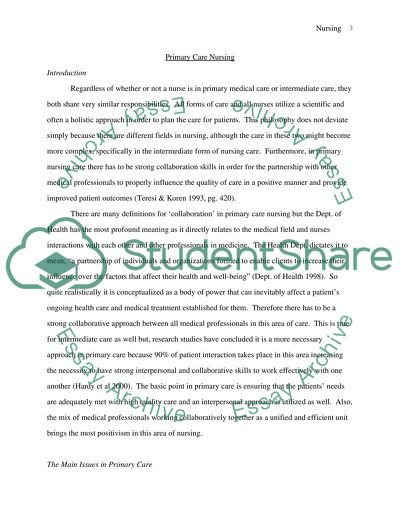Cite this document
(“Primary Care Nursing Essay Example | Topics and Well Written Essays - 2500 words”, n.d.)
Retrieved from https://studentshare.org/health-sciences-medicine/1509417-primary-care-nursing
Retrieved from https://studentshare.org/health-sciences-medicine/1509417-primary-care-nursing
(Primary Care Nursing Essay Example | Topics and Well Written Essays - 2500 Words)
https://studentshare.org/health-sciences-medicine/1509417-primary-care-nursing.
https://studentshare.org/health-sciences-medicine/1509417-primary-care-nursing.
“Primary Care Nursing Essay Example | Topics and Well Written Essays - 2500 Words”, n.d. https://studentshare.org/health-sciences-medicine/1509417-primary-care-nursing.


